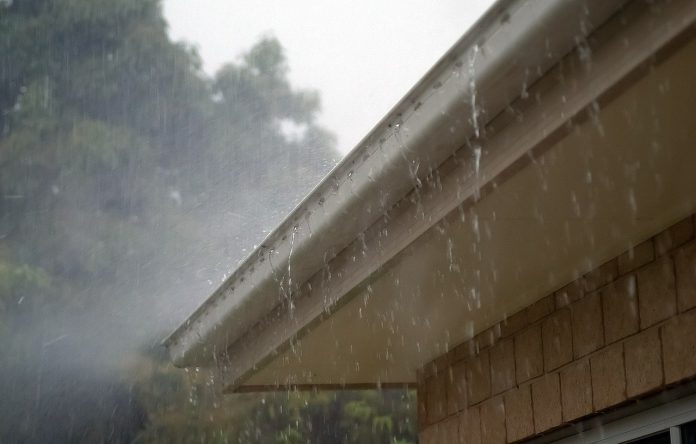When it comes to construction projects, no matter the size, it is always important to consider ways to minimize negative impacts on the environment. Large scale construction projects, disturbances greater than one acre of land, require special permitting under the U.S. Environmental Protection Agency’s National Pollutant Discharge Elimination System General Construction permit, which was created in 1972 under the Clean Water Act.
While most people who are not in the construction or development industries will likely never fall under those permitting requirements, there are plenty of practices that can and should be implemented even on small-scale projects around the home or farm.
When used properly, these practices can help conserve soils, minimize erosion, protect our waterways, and even save some money along the way. Here are a few recommended best management practices to consider before beginning any soil disturbing activity – big or small.
Topsoil pile protection
If you use a topsoil stockpile, and especially if it will be left idle for a length of time, consider covering it with a tarp or implementing a barrier, such as silt fence, around the pile to minimize runoff. Although raindrops seem harmless enough, a single raindrop travels around 20 mph, which can have a significant impact when it lands on exposed dirt, particularly during a heavy rainstorm or repeated rain events.
When left exposed, the soil can runoff the pile and get into places it could be detrimental to wildlife, like in streams. A simple tarp weighted down at the edges can go a long way to keeping soil in the pile for later use and out of the environment.
Catch the rain
Impervious surfaces are surfaces that do not absorb water in any significant amount but instead cause the water to run off. Rooftops, roads, and sidewalks are all examples of impervious surfaces.
If you are adding new impervious surface with your construction project (maybe a new barn, shed, or home addition), you may want to consider adding a rain barrel or two to collect that stormwater that is now going to be running off these new impervious surfaces instead of soaking into the ground as it previously did. Rain barrels are relatively easy to install and collect and hold rainwater that can be stored and used at a later time to water plants and gardens.
Leaving buffer areas
If you find that you will be working near a body of water, it is a good idea to leave a buffer area between soil disturbing activities and the water. Providing a stretch of vegetated ground will slow down the flow of any stormwater runoff and allow time for it to soak into the ground to minimize the impact on the water body. Additionally, work that is done too close to the edge of a stream or pond bank can reduce vegetative cover and destabilize the bank causing significant erosion and loss of land. The bigger the buffer, the better protection there will be for that body of water.
Concrete washout containment
Commonly used liquids in construction often include concrete and paint. When it comes to cleaning up after a project, it is tempting to rinse off containers and tools wherever is most convenient and be on your way, but many of these substances contain chemicals that can be damaging to the environment.
Consider washing materials into leak-proof containers that are lined with plastic to keep these chemicals contained and out of the environment. After the excess water has evaporated, you can dispose of the waste in a proper receptacle. Never wash out these residues into storm drains, as they will lead directly to a body of water.
Stabilization
Stabilize, stabilize, stabilize! With earth disturbing activities, stabilization usually marks the end of a project in terms of its potential environmental impact. The grasses and other plants have grown in and their roots have taken hold of the soils which virtually eliminate major concerns of soil runoff and wind erosion. The sooner an area of exposed dirt is stabilized, whether that be an idle stockpile or a bare stretch of ground, the less the dirt will move and make its way towards nearby water bodies when it rains or get carried into the air when the wind blows.
Depending on the time of year, getting grass to grow might be more or less difficult. That is why it is especially important to plan ahead to ensure that grass or other vegetation is planted and will take root during the growing season. Stabilized ground going into the winter, even if only temporary cover, will significantly reduce sediment runoff from snowmelt and spring rains. A little grass seed and some water help to keep soil in its proper place when it is not actively being worked on.
Wrap up
A common mantra in the stormwater world is “slow it down, spread it out, soak it in.” When water is slowed down it takes less sediment and pollution with it and allows it more time to soak into the ground, which ultimately helps to protect our waterways. While these practices may not seem like they will make a big difference in the grand scheme of things if everyone does their small part the cumulative effect can help protect our waterways and conserve our soils for the future.













